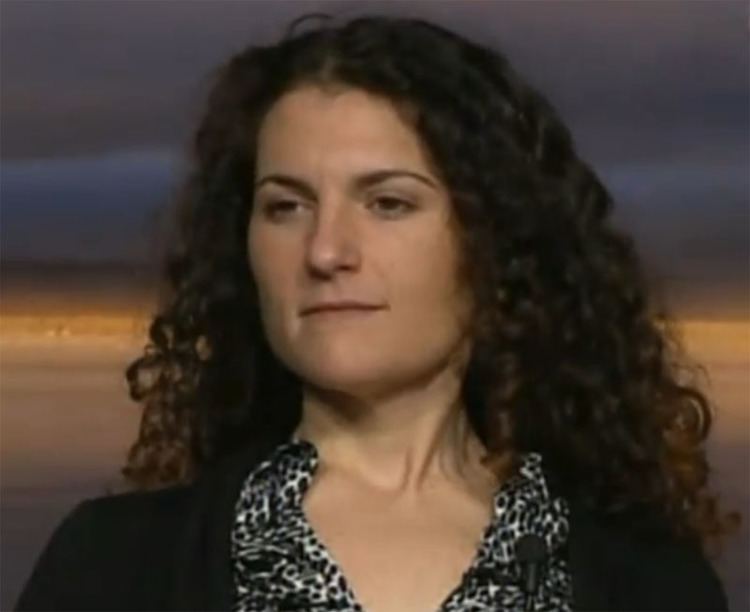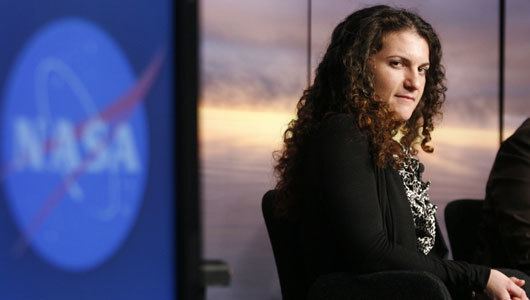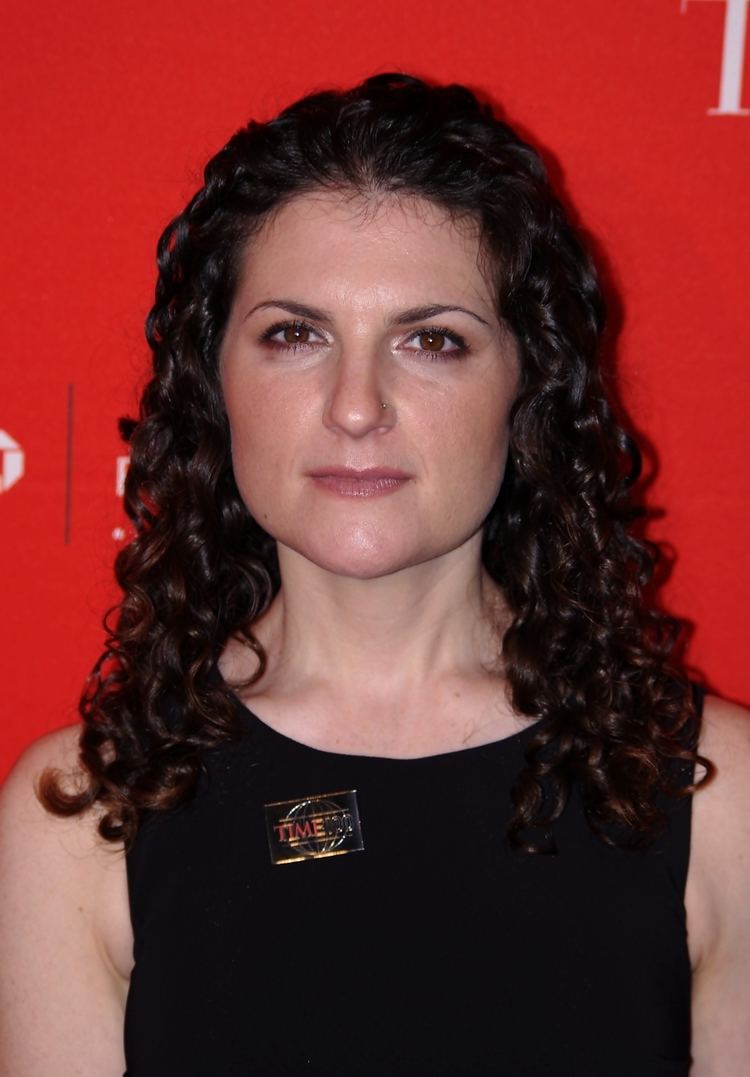Name Felisa Wolfe-Simon | Academic advisor Paul Falkowski | |
Institutions Lawrence Berkeley National LaboratoryNASA Astrobiology InstituteUS Geological SurveyRutgers University Alma mater Rutgers University Institute of Marine and Coastal Sciences (Ph.D.)Oberlin College (B.A.)Oberlin Conservatory of Music (B.M.) Books The Role and Evolution of Superoxide Dismutases in Algae Fields | ||
Residence United States of America | ||
Dr felisa wolfe simon nasa sums up her findings on new life forms
Felisa Wolfe-Simon is an American microbial geobiologist and biogeochemist. In 2010, Wolfe-Simon led a team that discovered GFAJ-1, an extremophile bacterium that they claimed was capable of substituting arsenic for a small percentage of its phosphorus to sustain its growth, thus advancing the remarkable possibility of non-RNA/DNA-based genetics. However, these conclusions were immediately debated and critiqued in correspondence to the original journal of publication, and have since come to be widely disbelieved. In 2012, two reports refuting the most significant aspects of the original results were published in the same journal in which the original findings had been previously published.
Contents
- Dr felisa wolfe simon nasa sums up her findings on new life forms
- Research frontiers in bioinspired energy felisa wolfe simon
- Education and career
- Controversy
- Recognition
- Publications
- References
Research frontiers in bioinspired energy felisa wolfe simon
Education and career

Wolfe-Simon did her undergraduate studies at Oberlin College and completed a Bachelor of Arts in Biology and Chemistry and a Bachelor of Music in Oboe Performance and Ethnomusicology at the Oberlin Conservatory of Music. She received her Doctor of Philosophy in oceanography from the Institute of Marine and Coastal Sciences at Rutgers University in 2006 with a dissertation titled The Role and Evolution of Superoxide Dismutases in Algae. Later Wolfe-Simon was a NASA research fellow in residence at the US Geological Survey and a member of the NASA Astrobiology Institute. She is currently at Lawrence Berkeley National Laboratory.
Controversy

Wolfe-Simon's research focuses on evolutionary microbiology and exotic metabolic pathways. At a conference in 2008 and subsequent 2009 paper, Wolfe-Simon, Paul Davies and Ariel Anbar proposed that arsenate (AsO3−
4) could serve as a substitute for phosphate (PO3−
4) in various forms of biochemistry. According to Paul Davies, Wolfe-Simon was the one who had the "critical insight" that arsenic might be able to substitute for phosphorus. As late as March 2010, she had been hinting of some shadow biosphere results to the press.

Wolfe-Simon then led a search for such an organism by targeting the naturally occurring arsenic-rich Mono Lake, California. This search led to the discovery of the bacterium GFAJ-1, which her team claimed in a Science on-line article in December 2010 was able to incorporate arsenate as a substitute for a small percentage of the typical phosphate in its DNA and other essential biomolecules. If correct, this would be the only known organism to be capable of replacing phosphorus in its DNA and other vital biochemical functions. The Science publication and an hour-long December 2, 2010 NASA news conference were publicized and led to "wild speculations on the Web about extraterrestrial life". Wolfe-Simon was the only one of the paper's authors at that news conference. The news conference was promptly met with criticism by scientists and journalists. In the following month, Wolfe-Simon (and her co-authors and NASA) responded to criticisms through an online FAQ and an exclusive interview with a Science reporter, but also announced they would not respond further outside scientific peer-review. Wolfe-Simon left USGS in May 2011. Wolfe-Simon maintains she did not leave voluntarily, but was "effectively evicted" from the USGS group.
The Science article "A Bacterium That Can Grow by Using Arsenic Instead of Phosphorus" appeared in the June 3, 2011 print version of Science; it had remained on the "Publication ahead of print" ScienceXpress page for six months after acceptance for publication.

However, Rosemary Redfield and other researchers from the University of British Columbia and Princeton University performed studies in which they used a variety of different techniques to investigate the presence of arsenic in the DNA of GFAJ-1 and published their results in early 2012. The group found no detectable arsenic in the DNA of the bacterium. In addition they found that the strain did not grow in the presence of arsenate, further supporting the absence of the element and its lack of participation in essential biological processes.
Following the publication of the articles challenging the conclusions of the original Science article first describing GFAJ-1 the website Retraction Watch argued that the original article should be retracted because of misrepresentation of critical data. As of July 2017, no retraction had been announced.
Recognition
In 2006 Wolfe-Simon was awarded a National Science Foundation Minority Postdoctoral Research Fellowship to support work done at Harvard University and Arizona State University. In 2010, she received a Kavli Fellowship from the United States National Academy of Sciences.
